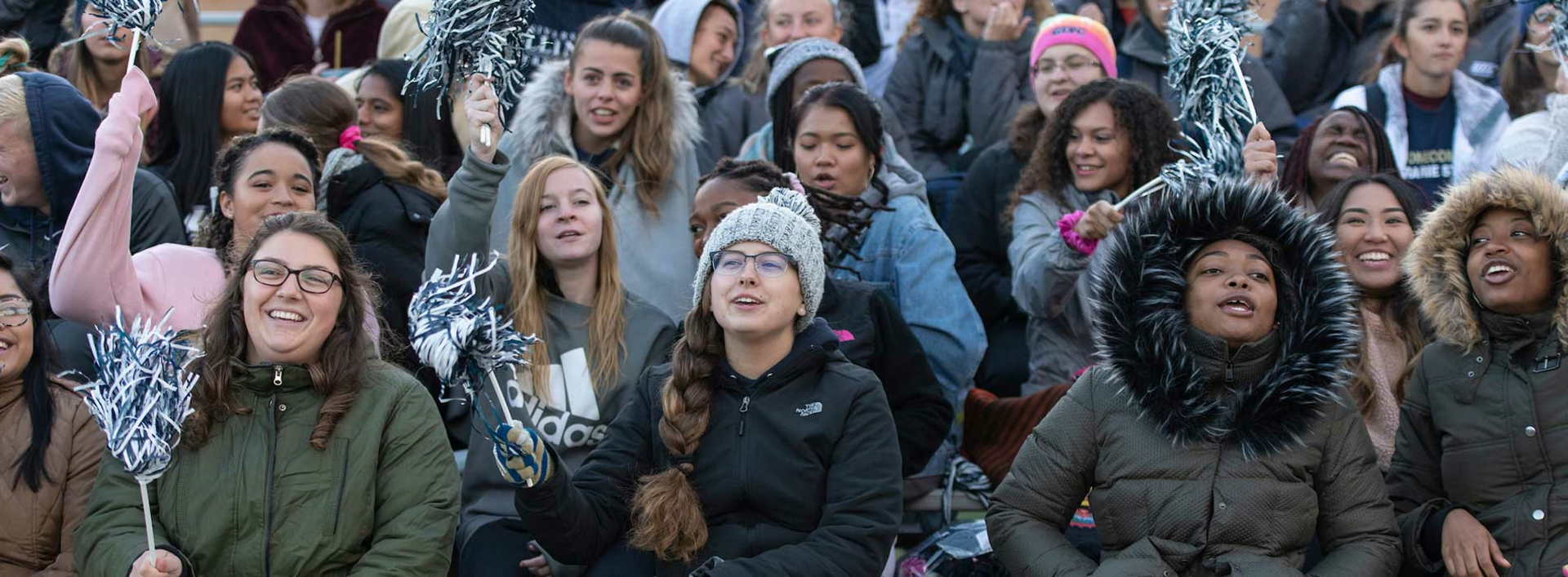How Do We Use UIS Connection Tracking?
We use UIS Connection Tracking data to generate a report at the end of week 2 and week 6 of each semester. Based on the results of that report, we identify students that might not be connecting to campus (based on not going to events, making it over to the gym or being gone most weekends). After the week 2 report, RAs will reach out to individual students on their floor that have been identified. After the week 6 report, the quantitative data will be corroborated with qualitative feedback from RAs. After this process, RDs will reach out to individual students that have been identified. We recognize that these data points are not a perfect measure of a student’s connection (for example, a student may be gone most weekends because they joined the local rugby team or a student may not attend a lot of student affairs events because they are highly involved in undergraduate research or because they work a lot), that is why we incorporate qualitative feedback from RAs.
Who Will See My Data?
The express purpose of this effort is to help ensure that students are connecting at UIS, and this data is not used for any other purpose. The only person that will see your individual data points is the Assistant Vice Chancellor for Student Engagement. The individual data points are gathered by the Assistant Vice Chancellor for Student Engagement into a report that classifies students into three categories (no concern/green, some concern/yellow and concern/red). This report will be seen by administrators in Residence Life, including RDs. RAs will be informed after week 2 what students they should reach out to, but they will never see the connection reports.
Why Are We Doing This?
This program supports the UIS Value of Student Focused Learning by generating, “meaningful interactions among students, faculty, staff and the community.” This program also directly supports Goal 2: Connection of UIS Student Affairs’ Star Map. This approach is research-based; Tinto’s (1993) conceptual model for student drop-out places extracurricular activities within the social component of the institutional experience as having a direct link to the social integration of a student. This project is also best practice-driven; similar projects are being undertaken at other universities. Western Illinois University, for example, has created the “Leatherneck Connections Mapping” project that is similar to this effort.
If you have questions about the UIS Connection Tracking project, feel free to contact Mark Dochterman, Assistant Vice Chancellor for Student Engagement (mdoch2@uis.edu, 217-206-8448).


